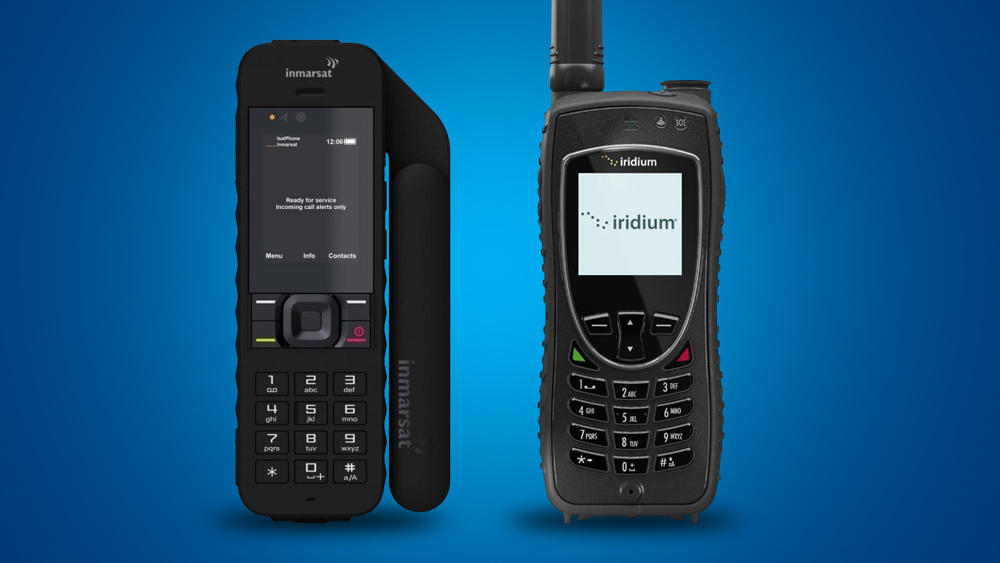Sci-fi in real life: Scientists have developed a “smart fabric” that can store data in your clothes, without electronics
11/06/2017 / By Rita Winters

One of the benefits of the modern world is that you get to see and experience inventions that make life easier. You’ve heard about wearable technology like healing gloves and climate-controlled shirts. Another type of smart clothing has just been developed, and it can store data and unlock your doors.
At the University of Washington, scientists have created a type of fabric that can store data, from security codes to identification tags. This technology requires no on-board electronics nor sensors, and requires no electricity at all. As discussed in a paper presented at the Association for Computing Machinery’s User Interface Software and Technology Symposium (UIST 2017), the technology developed was inspired by exploring the capabilities of magnetizing conductive threads. The data stored in these threads can actually be read by a smartphone’s navigational application technology.
Shyam Gollakota, an associate professor in the Paul G. Allen School of Computer Science & Engineering, states that these fabrics are non-electronic, so it can be freely washed and ironed. Data storage on these fabrics is similar to how we save files in our USB drives.
Since the conductive threads used in these smart fabrics are easily purchasable, most people use these threads to deliver currents to electronic devices, the same devices that you see in responsive stuffed animals or shoes that light up. The researchers at the UW realized that these same threads have magnetic properties that can actually be manipulated to store data or visual information. To read this data, a cheap magnetometer can be used. Magnetometers, which measure the direction and strength of a magnetic field, are already present in smartphones that have directional or navigational capacities.
As an example, Gollakota demonstrated the capability of the smart fabric to unlock a door by waving it in front of an array of magnetometers (attached to the door’s lock). Conventional sewing machines are used to embroider the conductive threads into fabric. At the beginning, these conductive threads have randomized magnetic poles. These poles can then be realigned using positive and negative magnets, which can correspond to binary coding of ones and zeroes.
Like any other magnet, the signals from these magnetized conductive threads weaken at about 30 percent over the course of a week, but can still be re-magnetized and programmed any number of times. Multiple wear tests that included intense machine washing and ironing at incredibly high temperatures show that these fabrics still retained the data, and is therefore reliable as a form of storage. Being caught in the rain will no longer be a problem, as compared to smart fabrics that need electric currents in order to run.
Another use of this smart fabric is smartphone interaction. Even if the phone is obstructed, for example in a pocket, programmed gestures using a glove with smart fabric can control the phone. One example is controlling music players, such as stopping or playing a song with one tap. This technology enables us to control a device in our pockets without having the need to look at it or take it out of your pocket. This will benefit vehicle drivers a lot, since simple gestures combined with voice prompting may allow them to send important messages without having to look at the phone at all.
In the test, gestures recognized and programmed so far were:
- Left flick
- Right flick
- Upward swipe
- Downward swipe
- Click
- Back-click (at the back part of the phone)
The test showed that there was a 90 percent accuracy, so future work on this may raise it up to a hundred, and increase the number of gestures that can be read.
Funded by the National Science Foundation, the Alfred P. Sloan Foundation, and Google, this research aims to develop custom textiles that generate stronger magnetic fields, which will then increase its capacity for stored data.
Sources include:
Submit a correction >>
Tagged Under:
data storage, future science, future tech, inventions, materials science, smart fabrics, technology, wearable technology
This article may contain statements that reflect the opinion of the author
RECENT NEWS & ARTICLES
COPYRIGHT © 2017 INVENTIONS NEWS





















